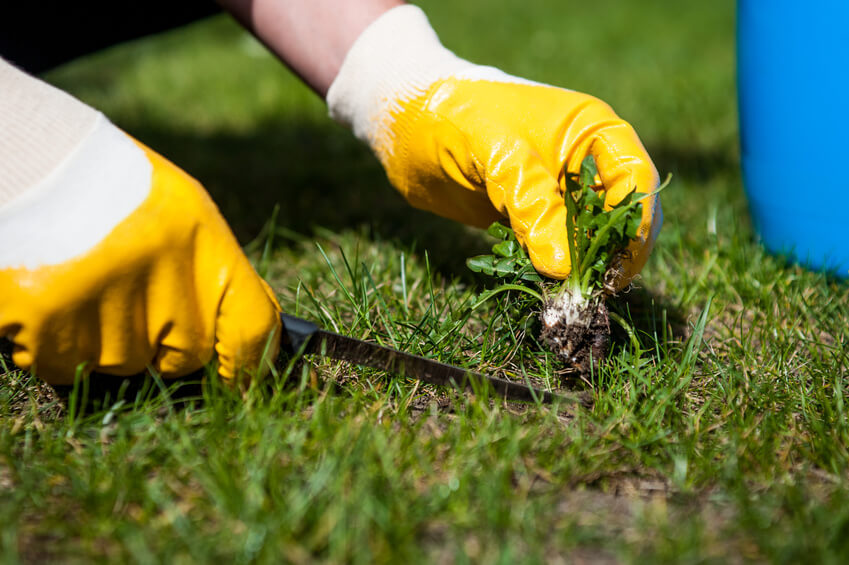
Spring Fertilization for Florida Lawns
Keeping your lawn looking good all year can be a challenge, especially during hot, dry spells. Drought conditions call for adequate watering, but there are other things you can do to help your lawn thrive in all weather conditions. One of them is providing adequate nutrients for healthy growth. That typically means applying fertilizer to your lawn to promote both its health and its growth. Follow these guidelines for fertilizing your lawn this spring.
When should you fertilize the lawn?
Your lawn should only be fertilized when it is actively growing. The University of Florida recommends fertilizing your lawn in the spring two weeks after new growth begins. That means if you live in northern Florida you should begin fertilizing your lawn in March and in February if you live in southern Florida. The exact time varies. When you notice the first flush of new growth, plan to fertilize your lawn in about two weeks. Fertilizing your lawn before it begins active growth will not benefit the grass as the nutrients will likely run off or leach from the soil before the roots of your grass are actively calling for them.
What kind of fertilizer should you use?
The needs of your lawn varies depending on the available nutrients in your soil. Because Florida soil typically contains high levels of phosphorus, one of the key components of fertilizer, testing your soil can give you a better understanding of the type of fertilizer your lawn needs. If the soil test indicates your soil has adequate amounts of phosphorus, purchase fertilizer that does not contain it. Otherwise, choose a complete fertilizer 16-4-8. There are several similar formulas available. Look for one where the nitrogen (first number) to phosphorus (second number) is no more than 4 to 1. For exmple if the first number is 12, the second number should be no higher than 3.
How much fertilizer do you need?
The instructions on the lawn fertilizer will tell you the application rate for your lawn. This is typically given in weight per square feet. For example, with 16-4-8 fertilizer, you will need 6.25 pound per 1000 square feet. If your bag of fertilizer does not clearly explain the application rate (or you have lost the instructions) divide the percentage of nitrogen (the first number) by 100 to determine the number of pounds per 1000 square feet. To calculate how much fertilizer you will need for your lawn, you will also need to calculate the area of your lawn in square feet.
To determine the area of your lawn in square feet, measure the width and length of your lawn in feet. Multiply these two measurements to determine the number of square feet the area of your lawn covers. If you have more than one section of lawn to measure, calculate the number of square feet for each section and add them together to get the total number of square feet. Check your bag of fertilizer to determine the area it will cover and purchase additional bags if necessary.
How do you apply the fertilizer?
The easiest way to fertilize your lawn is with a spreader. Here’s what you need to know.
- Set the spreader according to the instructions on your bag of lawn fertilizer.
- Fill the hopper.
- Run the spreader back and forth the width of the lawn and then switch directions and work in a up and down motion on the length of the lawn, spreading half of the fertilizer in each direction. This creates even application.
- Turn the spreader off when you stop, make turns or pass over pavement. Turn it back on when you resume applying the fertilizer.
- Clean the spreader on the lawn, not on pavement or the sidewalk.
- Water in the fertilizer with 1/4 inch of water. To determine how long it takes your watering system to cover the lawn with 1/4 inch of water, test it out ahead of time. Set several empty tuna cans on the lawn and turn on your sprinkler. Note how long it takes to fill the cans with 1/4 inch of water. This is how long you will need to water your lawn to water in the fertilizer.
If you have further questions about ways you can keep your lawn in tip top shape you’ll find the answers to many of your questions on our blog. But don’t be afraid to contact us directly for expert advice about how you can improve the health and beauty of your lawn and yard.